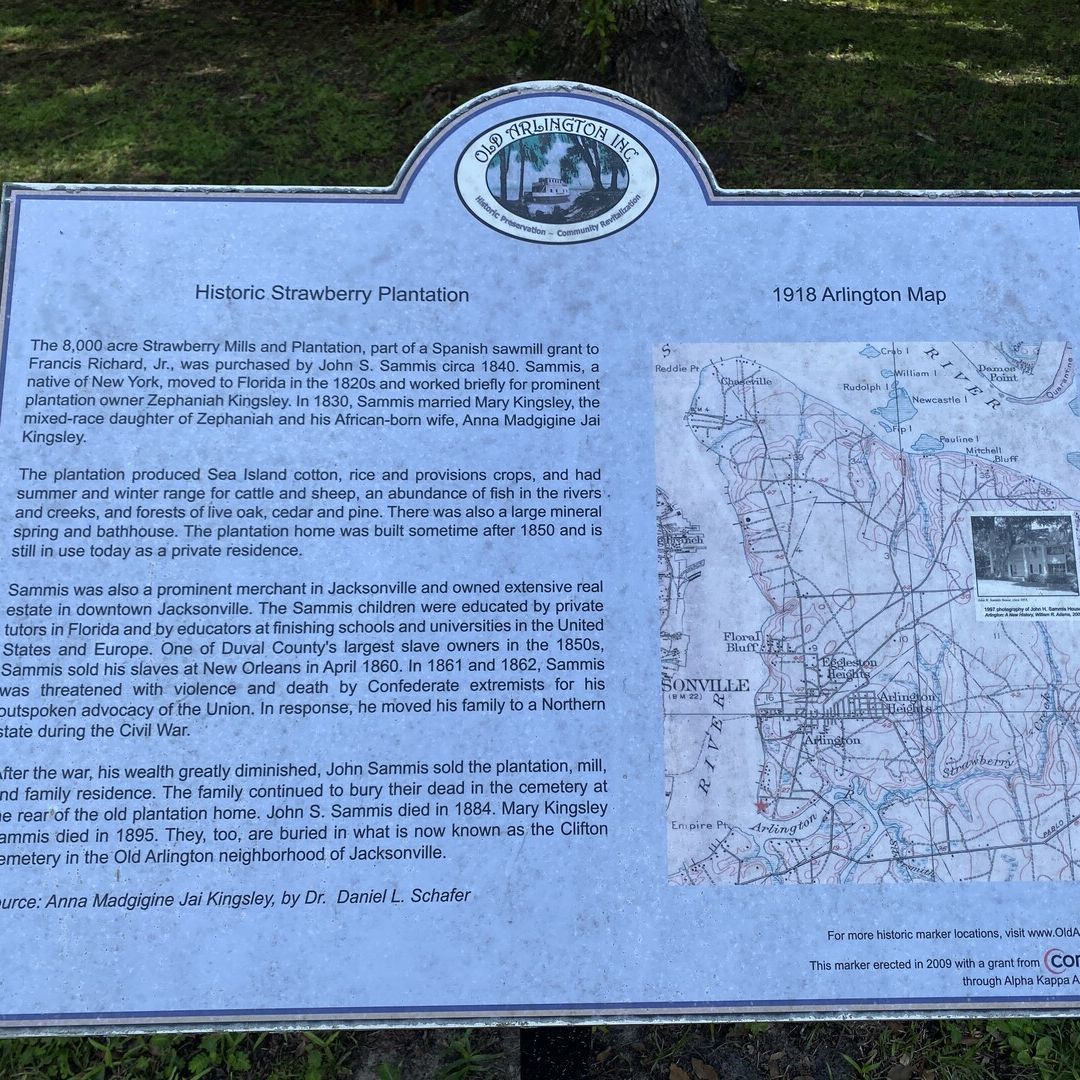
Clifton (Sammis) Cemetery. Jacksonville, Fl
Historic Strawberry Plantation
The 8,000 acre Strawberry Mills and Plantation, part of a Spanish sawmill grant to Francis Richard, Jr., was purchased by John S. Sammis circa 1840. Sammis, a native of New York, moved to Florida in the 1820s and worked briefly for prominent plantation owner Zephaniah Kingsley. In 1830, Sammis married Mary Kingsley, the mixed-race daughter of Zephaniah and his African-born wife, Anna Madgigine Jai Kingsley.
The plantation produced Sea Island cotton, rice and provisions crops, and had summer and winter range for cattle and sheep, an abundance of fish in the rivers and creeks, and forests of live oak, cedar and pine. There was also a large mineral spring and bathhouse. The plantation home was built sometime after 1850 and is still in use today as a private residence.
Sammis was also a prominent merchant in Jacksonville and owned extensive real estate in downtown Jacksonville. The Sammis children were educated by private tutors in Florida and by educators at finishing schools and universities in the United States and Europe. One of Duval County's largest slave owners in the 1850s, Sammis sold his slaves at New Orleans in April 1860. In 1861 and 1862, Sammis was threatened with violence and death by Confederate extremists for his outspoken advocacy of the Union. In response, he moved his family to a Northern state during the Civil War.
After the war, his wealth greatly diminished, John Sammis sold the plantation, mill, and family residence. The family continued to bury their dead in the cemetery at the rear of the old plantation home. John S. Sammis died in 1884. Mary Kingsley Sammis died in 1895. They, too, are buried in what is now known as the Clifton Cemetery in the Old Arlington neighborhood of Jacksonville.
Source: Anna Madgigine Jai Kingsley, by Dr. Daniel L. Schafer

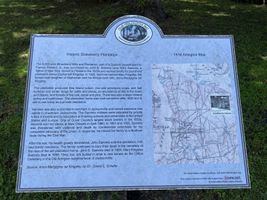

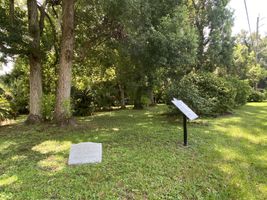

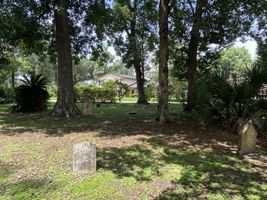
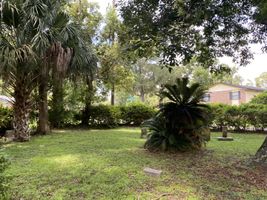

Anna Madgigine Jai Kingsley: African Princess, Florida Slave, Plantation Slaveowner Hardcover – May 5, 2003 Amazon
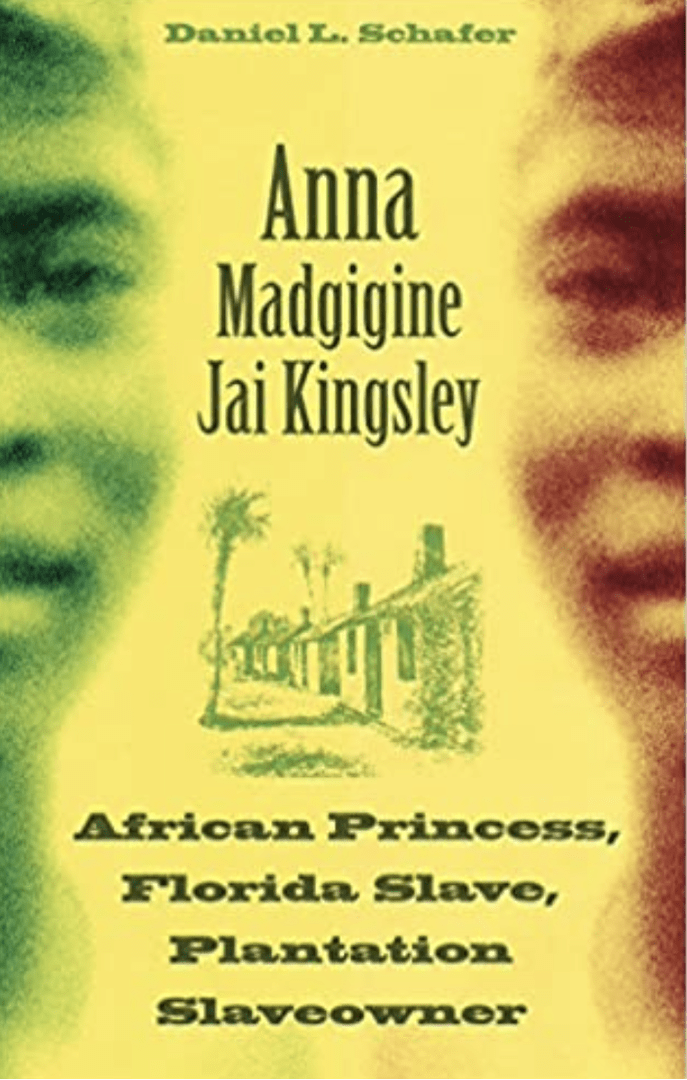
"Undoubtedly the best documented record of a slave born in Africa,who married her owner in East Florida, operated a plantation after her husband's death, and ruled as matriarch over an extended family until the Civil War. Schafer has reconstructed Anna Madgigine Jai Kingsley's story in a remarkable way."--Bruce L. Mouser, editor, "A Slaving Voyage to Africa and Jamaica: The Log of the Sandown, 1793-1794"
"Provides an unexpectedly thorough account that traces the life of a woman from a Wolof village in Senegal, across the Atlantic via the middle passage, to a Florida community of African slaves and white slave owners."--<i>Southern Historian</i>
"An absorbing account of Anna Madgigine Jai Kingsley, an African woman who was enslaved, forcibly transported to Florida, held in bondage, freed, and married to her white master; she bore several of his children and then rose to prominence as a slaveholder. . . . Brings a wider understanding to the lives of enslaved and free women in the nineteenth century South."--<i>Journal of American History</i>
"Contributes to a growing literature on the possibilities for slave women's emancipation, especially in Spanish territory, and for propertied women’s social and economic power in the Old South."--<i>Journal of Southern History</i>
"Reminds the reader of the variations of the slave experience, the possibilities of forging racial bonds, and the debilitating effects of the racial divide in American society."--<i>Georgia Historical Quarterly</i>
"Fosters understanding of the differences and similarities in the institution of slavery, in the distinction between free and enslaved, and in attitudes of racial prejudice between Spanish Florida and the United States."--<i>North Carolina Historical Review</i>
Anna Kingsley's life story adds a dramatic chapter to histories of the South, the state of Florida, and the African diaspora. Working from surprisingly extensive records, including information and photographs from extended-family members and descendants, Daniel Shafer reconstructs and documents one slave’s remarkable story.
Both an American slave and a slaveowner--and possibly an African princess--Anna was a teenager when she was captured in her homeland of Senegal in 1806 and sold into slavery. Zephaniah Kingsley, Jr., a planter and slave trader from Spanish East Florida, bought her in Havana, Cuba, and took her to his St. Johns River plantation in northeast Florida, where she soon became his household manager, his wife, and eventually the mother of four of his children. Her husband formally emancipated her in 1811, and she became the owner of her own farm and twelve slaves the following year.
For 25 years, life on her farm and at the Kingsley plantation on Fort George Island was relatively tranquil. But when Florida passed from Spanish to American control, and racism and discrimination increased in the American territories, Anna Kingsley and her children migrated to a colony in Haiti established by her husband as a refuge for free blacks. Amid the spiraling racial tensions of the antebellum period, Anna returned to north Florida, where she bought and sold land, sued white people in the courts, and became a central figure in a free black community. Such accomplishments by a woman in a patriarchal society are fascinating in themselves. To have achieved them as a woman of color is remarkable.
Daniel L. Schafer is professor emeritus of history at the University of North Florida, Jacksonville.
https://www.amazon.com/Anna-Madgigine-Jai-Kingsley-Plantation/dp/0813056535
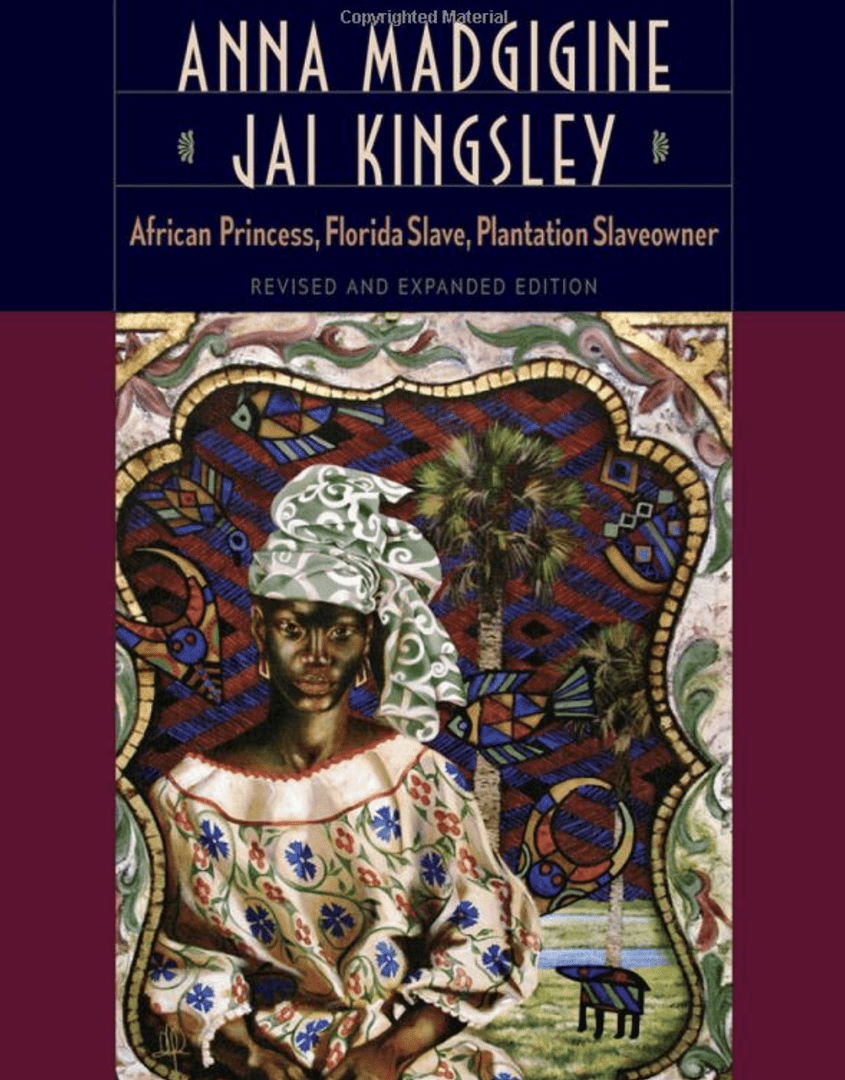
Florida Historical Society Charlton Tebeau Award
In this revised and expanded edition of Anna Kingsley’s remarkable life story, Daniel Schafer draws on new discoveries to prove true the longstanding rumors that Anna Madgigine Jai was originally a princess from the royal family of Jolof in Senegal. Captured from her homeland in 1806, she became first an American slave, later a slaveowner, and eventually a central figure in a free black community. Anna Kingsley’s story adds a dramatic chapter to the history of the South, the state of Florida, and the African diaspora.
89CR+R8 Clifton, Jacksonville, FL
Lat: 30.3222° (30° 19' 19")
Lon: -81.6090° (-81° 36' 32")
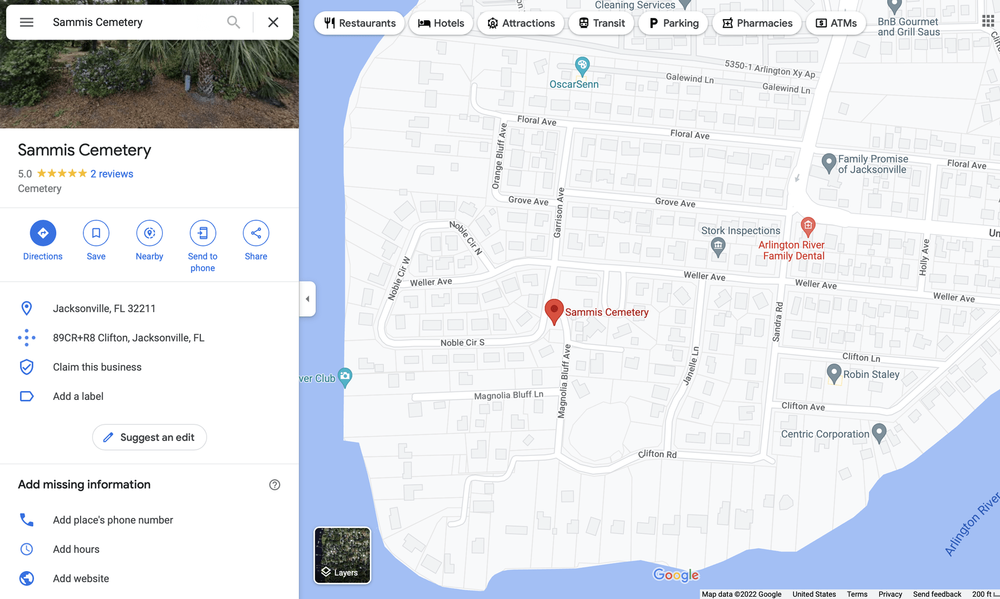
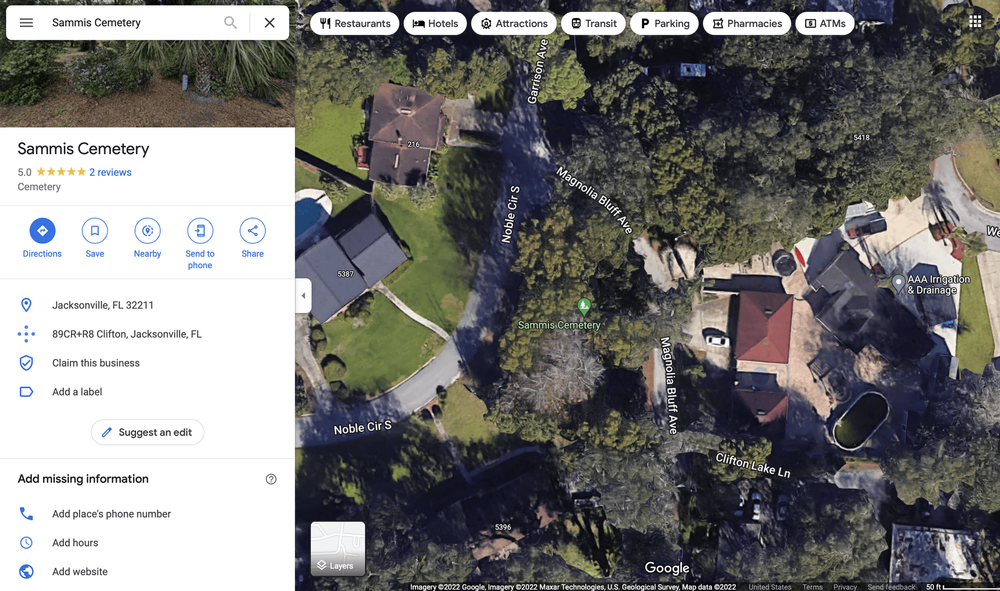
Zephaniah Kingsley
Anna Madgigine Jai Kingsley (1793-1870)
4 children:
Son - George Kingsley (1807 - 1846)
Daughter - Martha Baxter (1809 -1870) was married to Oran Baxter and they have 5 daughters: Emma Baxter, Julia Baxter, Osmond Baxter, Isabella Baxter, Anna Baxter
Daughter - Mary (Kingslay) Sammis (1811 - ....) was married to John S. Sammis
Son - John Maxwell Kingsley (1824 - ...)
William H Wilson (1817 - 1900)
